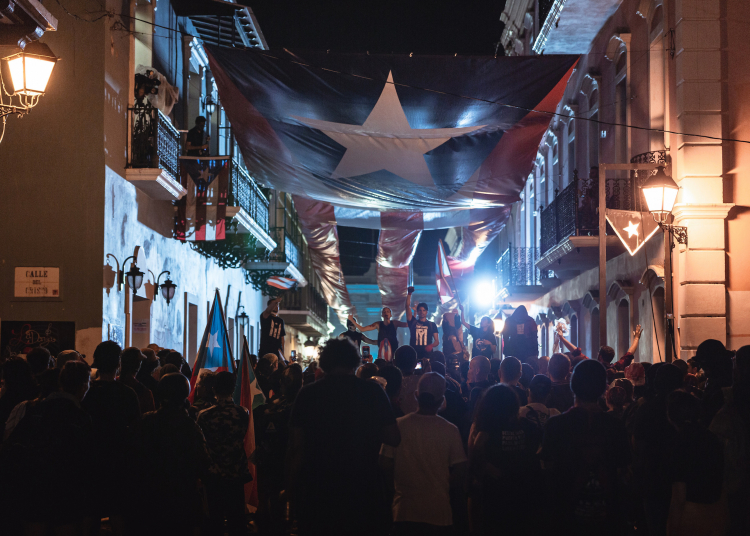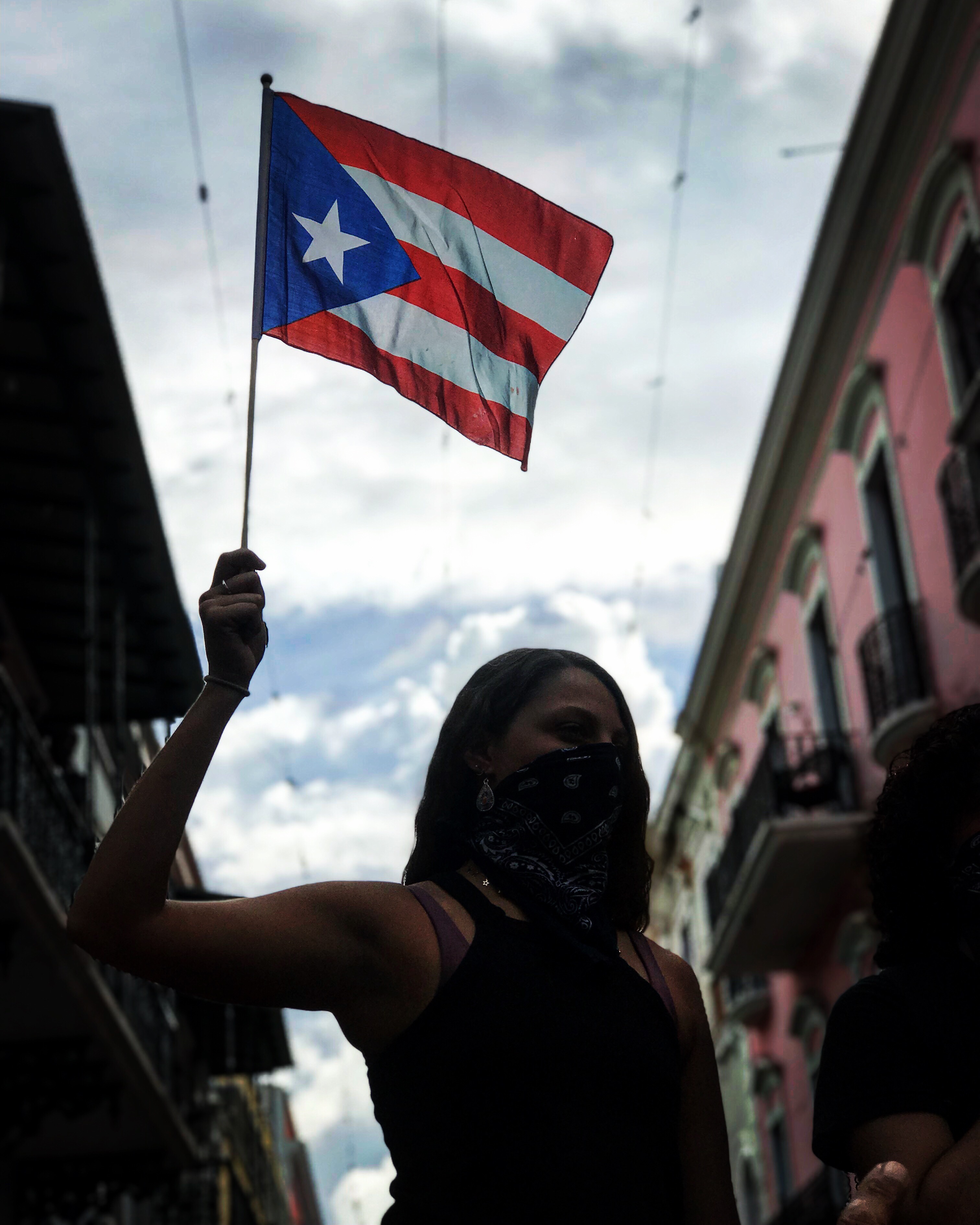Colonialism And Corruption: The Puerto Rican Autobiography

As we welcome the new decade, turmoil and chaos appear once again on the island of Puerto Rico. Pandora’s box was uncovered last weekend when a warehouse filled with unused and expired supplies dating back to the natural disaster of 2017’s Hurricane Maria was brought to light. This discovery of necessary provisions, whose existence was not known of, comes as a crucial finding due to the fact that the people of Puerto Rico are presently suffering from another natural catastrophe. Since December 28, Puerto Rico has been experiencing more than 1,000+ earthquakes, which continue to shake the island and have left around 5,000 people from the southern coast without homes, food, and essential supplies. Upon the discovery of the untouched emergency aid supplies, the citizens of Puerto Rico, outraged and vexed, took to the streets on the 23rd of January to protest corruption and call for the resignation of government officials.
Protesters started to gather at the Capitol, located in the old city of San Juan, where they marched toward the current governor’s residence, La Fortaleza, located in a street renamed by the protesters, Calle de la Resistencia, or Street of Resistance. The demonstration, which was supported by celebrities such as rappers René Pérez, Bad Bunny, the world-famous Ricky Martin and athlete Yadier Molina, brought back memories of last summer’s daily protests in which the former governor, Ricardo Rosselló, was made to resign by the people’s efforts. Now, people are once more calling for Gov. Wanda Vázquez’s resignation through marches in the streets, banging of pots, revolutionary chants and symbolic guillotines which have been seen in front of the Governor’s house and the Capitol in the southern city of Ponce, where the warehouse was discovered.
The guillotine has been been put up outside the Governor’s mansion in San Juan. pic.twitter.com/siTCpihlRO
— Joshua Potash (@JoshuaPotash) January 23, 2020
“Why do we protest? We protest primarily because [government officials] have to understand that the people are the ones who possess the power; our corrupt government doesn't know how to handle things; they have to understand that we are the ones who decide – that is why we have to protest,” declared Pérez, who has spoken out in support of protests ever since last summer.
As an effect of the recent protests and with the majority of demonstrators being young college students who will vote in the upcoming November elections, a movement called the #SácalaChallenge has surfaced to promote the importance of getting an electoral ID and voting on the 2020 local elections. However, this does not mean the protests and anger will subside. “We will not wait until November because the corrupt politicians we have in the country will not wait until November to steal; they will begin to steal now,” said Pérez on an IGTV video posted on his Instagram profile.
A protester holding up the Puerto Rican flag in last year's protests which ousted former governor, Ricardo Rosselló. / Image Credit: Paulina TrigosThe citizens of Puerto Rico, tired of the abuse from the federal and local governments, have decided to fight against corruption and the long-lasting effects of colonialism and to stand up for their right to have a better future with justice and stability. The streets of Old San Juan are presently calm with no large quorum of demonstrators to be found. However, the violence, injustice and clashes seen in the recent protests have produced a predominantly tense atmosphere, which is part of a snowball effect that some expect to explode at any given minute. The people of Puerto Rico have not forgotten the estimated 4,645 people that died as a cause of Hurricane Maria, and they certainly have not forgotten the approximate 5,000 people that are currently living in inhumane conditions in the south as they keep on spreading awareness and fighting for the resignation of Gov. Wanda Vázquez and officials through the use of various social media outlets.








